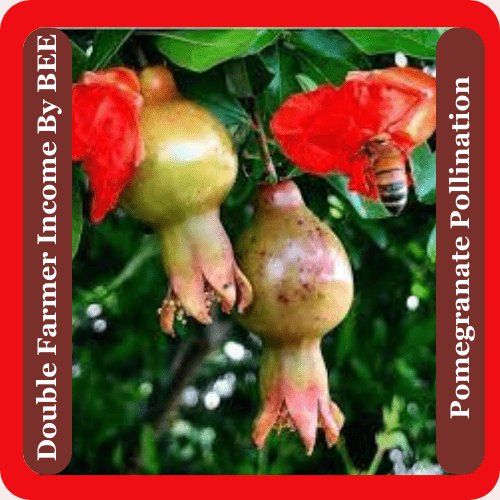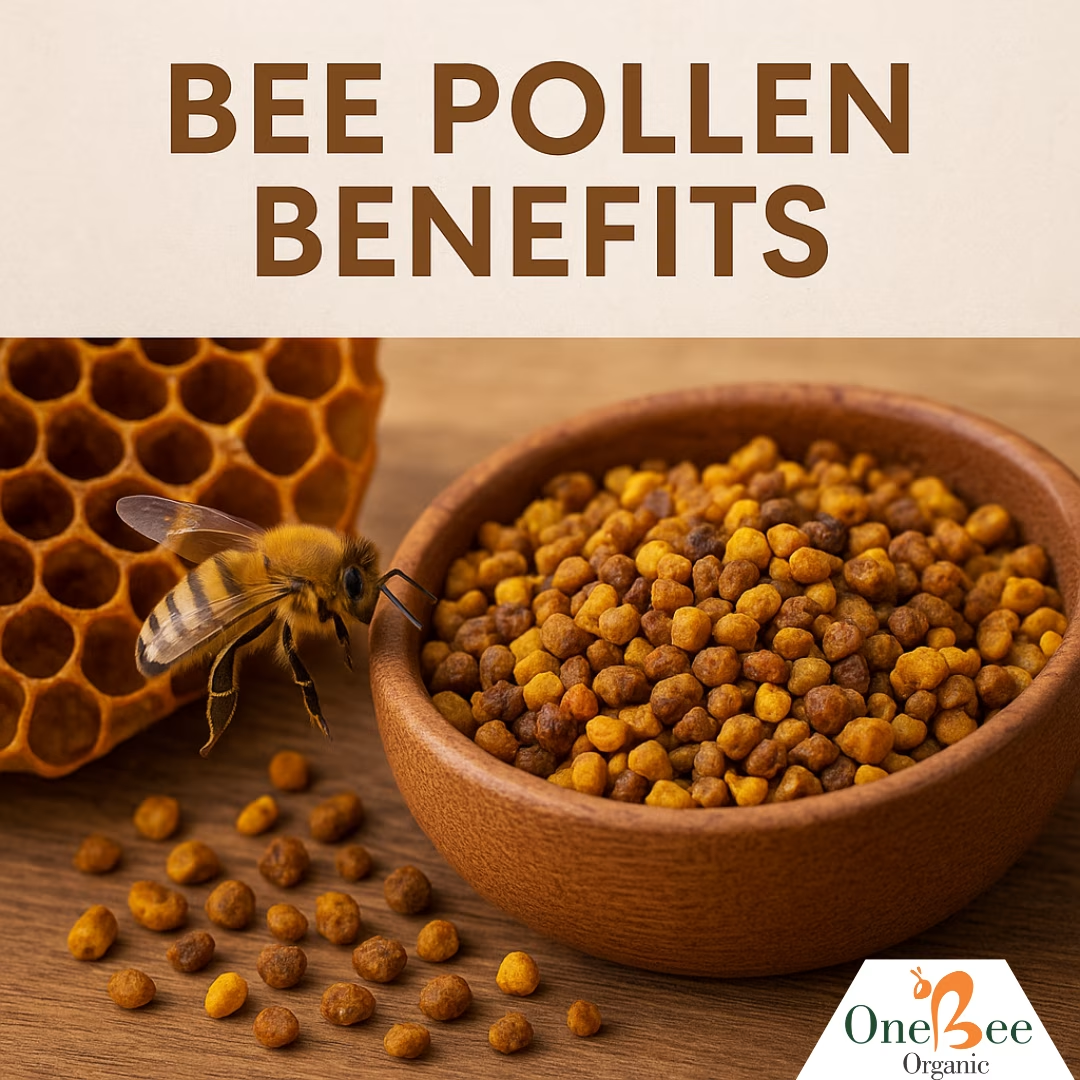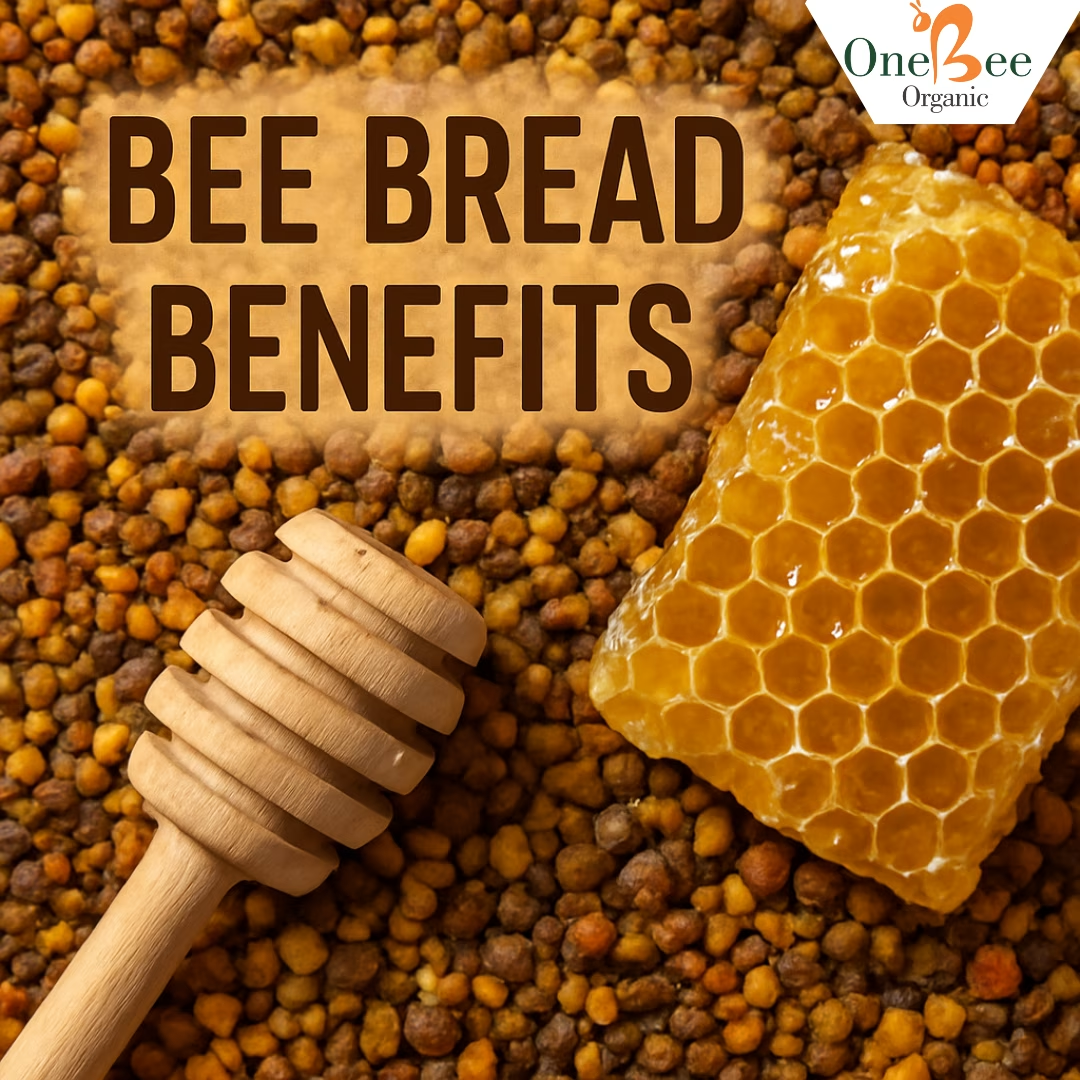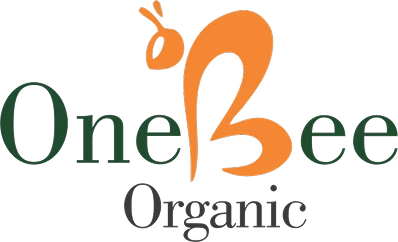Doubling Pomegranate Farming Income with Honey Bees
Doubling income from pomegranate farming through honey bee pollination is a highly effective strategy. Since pomegranate flowers rely on pollinators for fruit set, honey bees play a crucial role in boosting fruit production and quality. Here are key steps to maximize pomegranate farming income by promoting honey bee activity:
1. Strategic Beehive Placement:
Position beehives within or near the pomegranate orchard to ensure efficient pollination. Protect hives from extreme weather and make them easily accessible for beekeepers.
2. Native Plantings for Forage:
Grow native flowering plants and cover crops around the orchard to provide additional forage. This encourages bees to stay and continue pollinating.
3. Pesticide Management:
Minimize or eliminate chemical pesticides, especially during the flowering season, to prevent harm to honey bees. Opt for organic or bee-friendly pest control methods.
4. Optimal Timing for Pollination:
Ensure pomegranate trees bloom when honey bee populations are at their peak. Proper timing is essential for effective pollination and increased yields.
5. Collaboration with Beekeepers:
Partner with local beekeepers to maintain a healthy bee population during the flowering season. Renting hives or establishing mutually beneficial agreements can improve pollination success.
6. Provide Water Sources:
Set up clean water sources near the orchard, as bees require water to stay active, especially in hot weather.
7. Maintain Bee Health:
Regularly inspect bee colonies for diseases and follow good beekeeping practices to sustain strong, healthy bee populations.
8. Implement Bee-Friendly Planting Techniques:
Use companion planting with flowers that attract bees to create a pollinator-friendly environment within the orchard.
9. Educate and Raise Awareness:
Educate farm workers, local communities, and customers on the importance of honey bees in pomegranate pollination and the benefits of bee-friendly farming.
10. Harvest at the Right Time:
Time the harvest when most flowers have been pollinated but before the fruits become overripe to maximize quality and yield.
11. Maintain Detailed Records:
Track honey bee activity, hive strength, and pollination success to measure the impact on crop yield and make informed management decisions.
12. Manage Pests and Predators:
Protect bee colonies using natural remedies and physical barriers to prevent infestations and predation.
13. Monitor Weather Conditions:
Stay aware of weather patterns, as extreme conditions can impact bee activity. Provide supplemental feeding if needed during adverse weather.







Leave A Comment